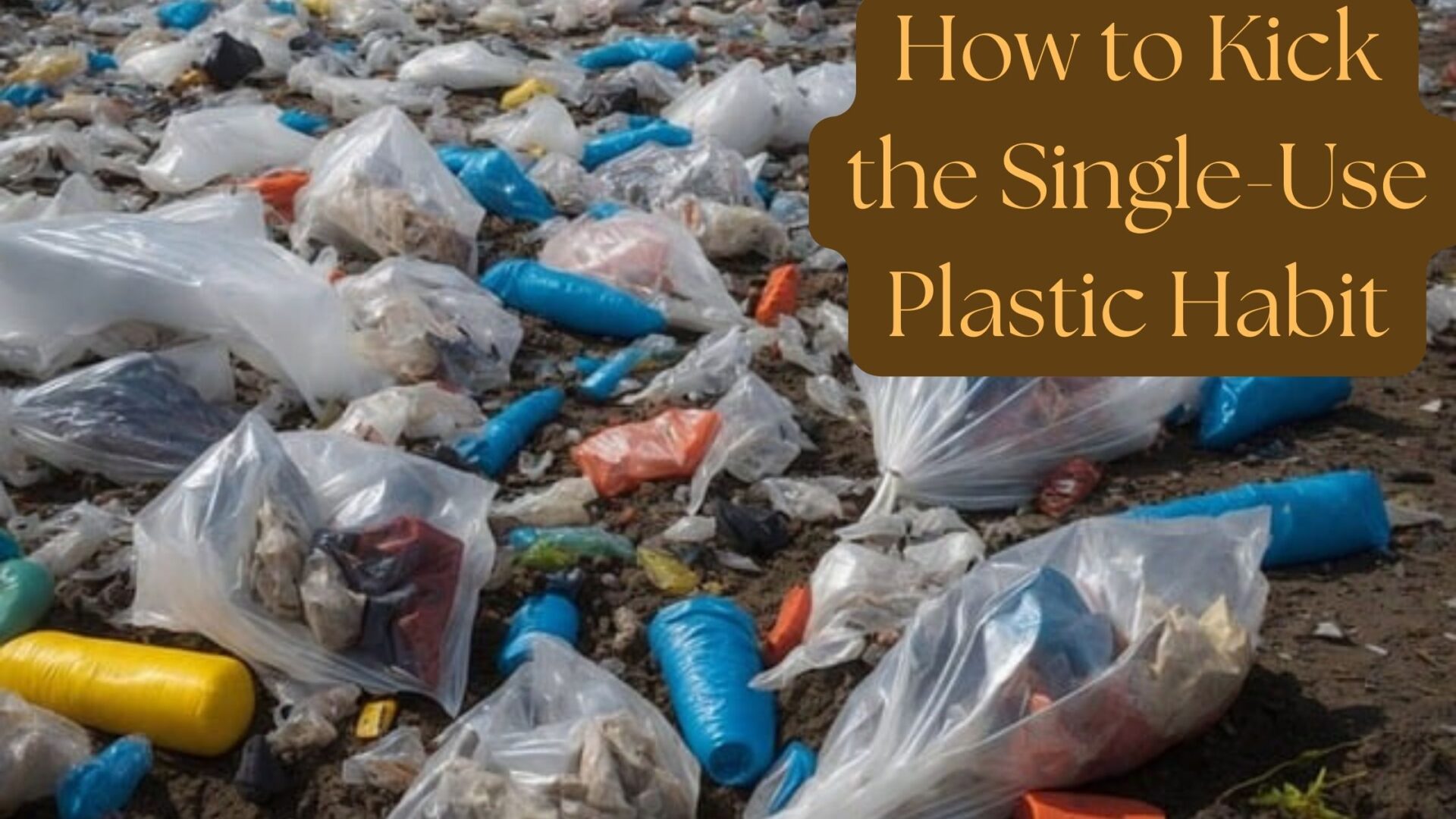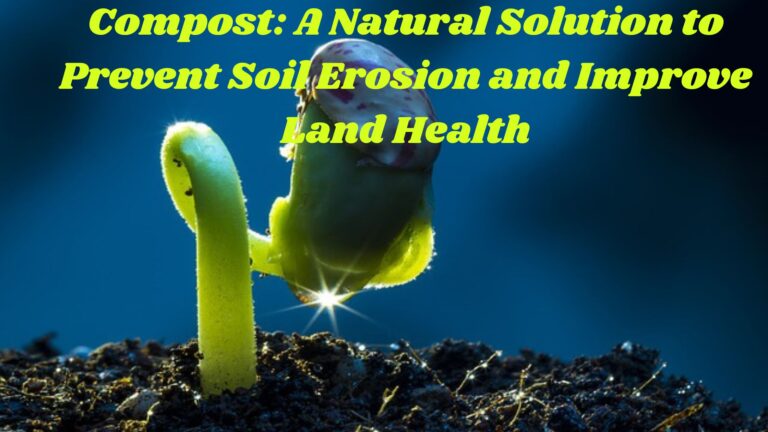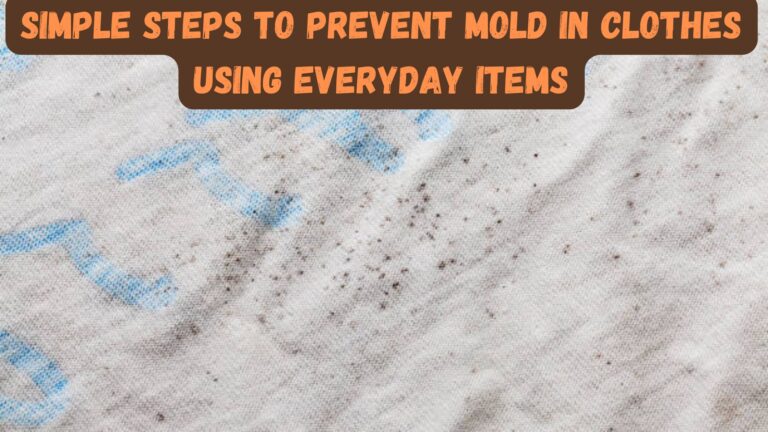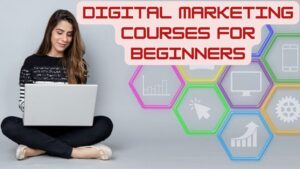Introduction:
“Breaking Free: How to Kick the Single-Use Plastic Habit”
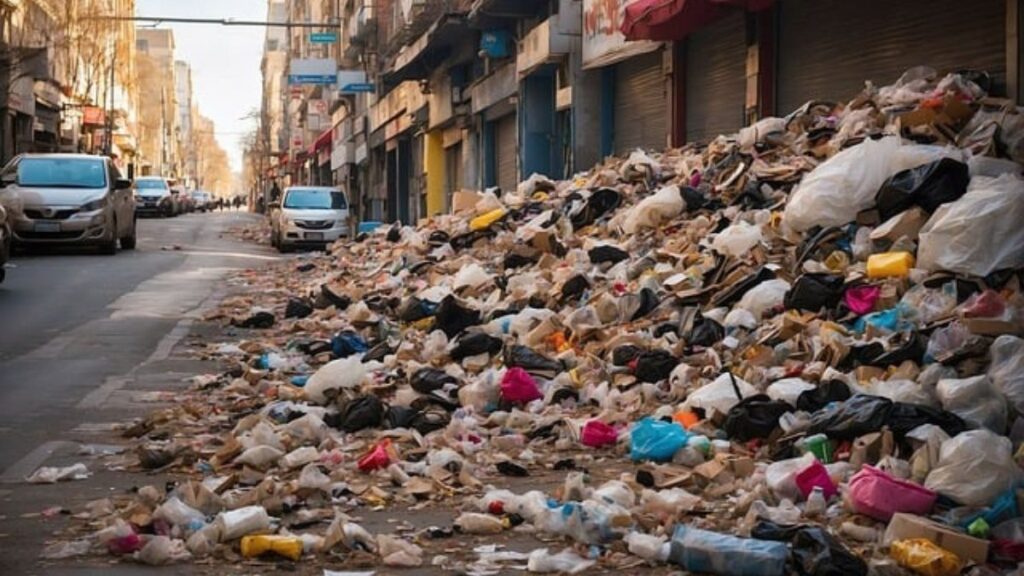
In today’s world, the ubiquity of single-use plastics has become a pressing environmental issue, contributing significantly to pollution, marine debris, and harm to wildlife. However, breaking free from this habit is not only possible but increasingly necessary for the health of our planet. By adopting sustainable alternatives and making conscious choices in our daily lives, we can significantly reduce our reliance on single-use plastics and contribute to a cleaner, healthier environment.
I. The Problem with Single-Use Plastics
Environmental Impact:
Single-use plastics harm the environment as they don’t break down easily.
They take hundreds of years to decompose in landfills, releasing harmful chemicals into the environment.
Lightweight plastics carried by wind and water pollute rivers, oceans, and remote areas.
This pollution harms nature’s beauty, disrupts ecosystems, and threatens many plants and animals.
Effects on Wildlife:
Single-use plastics harm marine animals.
Sea turtles eat plastic bags because they look like jellyfish. This can block their digestion and kill them.
Seabirds eat small plastic bits. This can cause starvation or reproductive problems.
Seals and dolphins can get hurt or killed when they get tangled in fishing nets and plastic packaging.
Plastic waste can harm land animals. They can get trapped in it or eat it by accident. This can cause pain and even death.
Single-use plastics harm the environment, wildlife, and human health.
They contain toxic chemicals that can leak into food and drinks. These chemicals can cause health issues like hormone disruption, reproductive problems, and certain cancers.
Tiny plastic particles, called microplastics, come from larger plastics. They’ve been found in water, food, and air. Experts worry about how they might affect our health.
Reducing our use of single-use plastics is important for the environment and our health.
II. Understanding the Need for Change
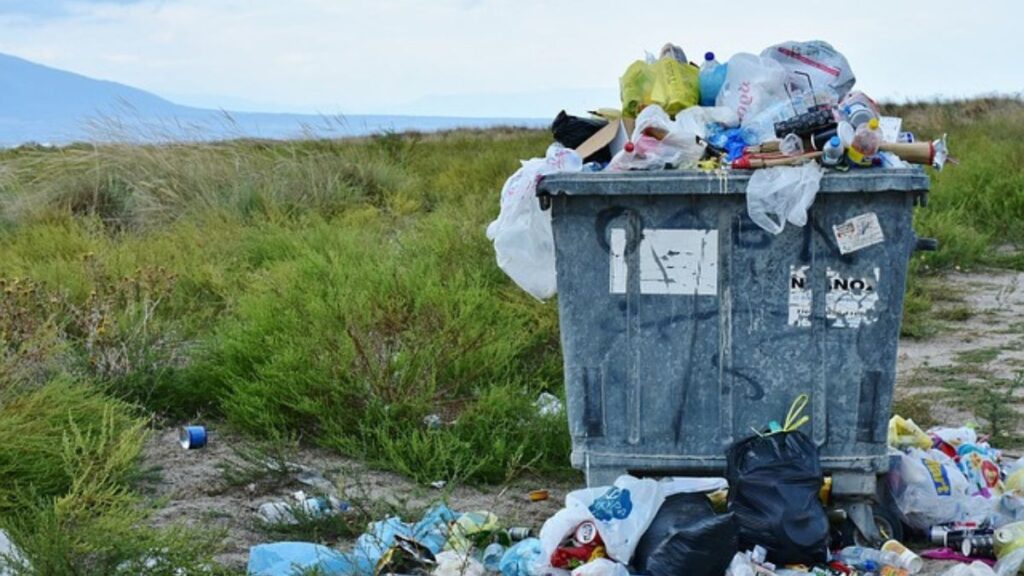
To stop using single-use plastics, we need to teach people how they harm the environment, animals, and us. We can do this through ad campaigns and the news. This might make them want to change their ways. We can also tell people to use less plastic, recycle more, and support laws that reduce plastic waste.
We can all help reduce single-use plastics. Our daily actions affect the environment. We can make a difference by saying no to single-use plastics and choosing reusable items instead. We can also throw away our trash the right way. When we do these things, we show others how it’s done and help make the future better.
To cut down on single-use plastics, everyone needs to work together. People can buy reusable items, choose compostable packaging, and recycle more. They can also support businesses that try to reduce plastic waste. People can even get involved in their community. When people do these things, it encourages eco-friendly choices and new ideas. It makes a circular economy that cuts waste and uses resources well.
III. Practical Steps to Reduce Single-Use Plastic Consumption
A. Reusable Alternatives:
- Water Bottles: Invest in a durable, reusable water bottle made from materials like stainless steel or glass. Carry it with you wherever you go to stay hydrated without relying on single-use plastic bottles.
- Shopping Bags: Bring your own reusable shopping bags when you go grocery shopping or run errands. Opt for sturdy tote bags or foldable bags that can easily fit in your purse or backpack.
- Coffee Cups: Replace disposable coffee cups with reusable options, such as insulated travel mugs or collapsible cups. Many coffee shops offer discounts or incentives for customers who bring their own cups, making it a win-win for both your wallet and the environment.
B. Minimizing Packaging Waste:
- Bulk Buying: Purchase items like grains, nuts, and snacks in bulk from stores that offer refill stations or package-free options. Bring your own containers or bags to fill up, reducing the need for single-use packaging.
- Choosing Products with Minimal Packaging: Opt for products with minimal or recyclable packaging whenever possible. Look for brands that use sustainable packaging materials or offer refillable options to minimize waste.
- DIY Solutions: Get creative and make your own household products, such as cleaning supplies, personal care items, and even snacks. DIY recipes often use simple, natural ingredients and reusable containers, eliminating the need for single-use plastic packaging.
C. Encouraging Community Action:
- Participating in Clean-Up Initiatives: Join local clean-up events in your community to help remove plastic litter from parks, beaches, rivers, and other natural areas. By volunteering your time and effort, you can make a tangible impact on reducing plastic pollution and preserving the environment for future generations.
- Supporting Plastic-Free Businesses: Seek out and support businesses that prioritize sustainability and offer plastic-free alternatives. Patronize restaurants, cafes, and stores that use compostable or reusable packaging, and encourage others to do the same.
- Advocating for Policy Changes: Advocate for policies at the local, national, and global levels that promote the reduction of single-use plastics and support the transition to more sustainable alternatives. Write to elected officials, sign petitions, and participate in grassroots campaigns to raise awareness and influence decision-makers to take action against plastic pollution.
IV. Overcoming Challenges and Building Sustainable Habits
Convenience culture creates a lot of single-use plastic waste. To fix this, we need to change the idea that convenience is bad for the environment.
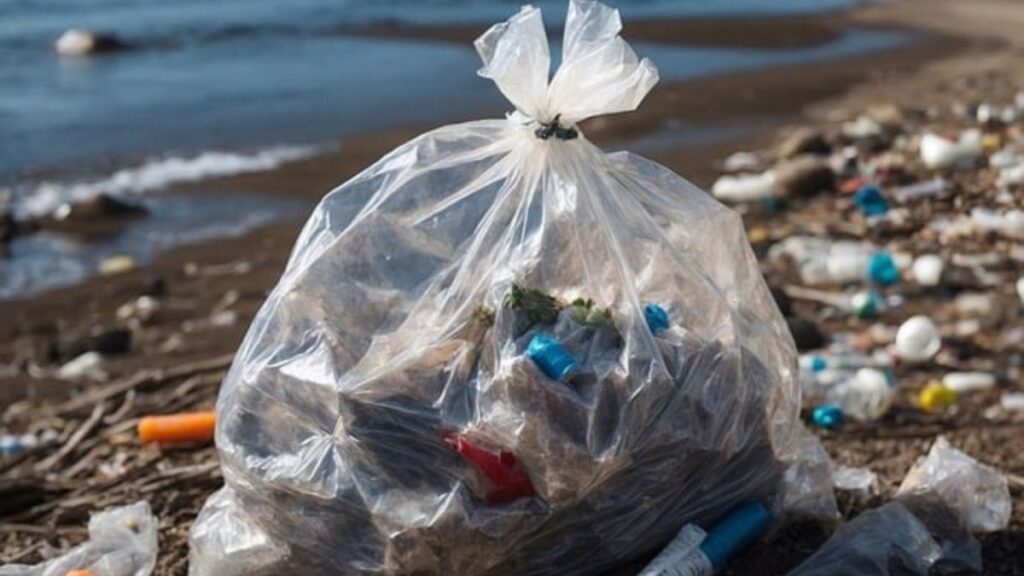
We can show people that being eco-friendly is convenient. We can promote reusable products like water bottles and shopping bags. Sustainable practices like buying in bulk and meal prepping can save time and money.
Change can be scary, especially if it means changing our habits. To make it easier, let’s talk about our concerns and learn how single-use plastics harm the environment. We should also offer practical tips and support so people can make small changes that benefit them and the planet.
Celebrating progress and success will keep us motivated on the journey to sustainability. Share your wins to inspire others and show the impact of individual actions. Celebrating progress reinforces good habits and builds solidarity among changemakers. Rewarding efforts to reduce single-use plastics creates a culture of appreciation and encouragement, leading to ongoing commitment and innovation toward a plastic-free future.
V. Looking Ahead: Towards a Plastic-Free Future
Innovation and technology can help find ways to replace single-use plastics.
People worldwide are coming up with new ways to solve plastic pollution.
These ideas include:
Making materials that break down naturally
Packaging that can be composted
Better ways to recycle plastic
Support these ideas and invest in them. Let’s work toward a plastic-free future.
Businesses, schools, and governments can turn these ideas into reality on a large scale.
Let’s save our planet. To do this, we need to change how we think and act about plastics and the environment. We can do this by taking care of the environment, using our resources wisely, and taking responsibility for our actions. We should teach about sustainability in schools and make laws to protect the environment. We can also raise awareness, inspire people to take action, and provide opportunities for them to get involved. When we work together and feel connected, we can face environmental challenges.
To stop plastic pollution, countries, organizations, and people need to work together. We can make a bigger difference by sharing what we know and what we have, and helping each other out. We can support international agreements and campaigns like Clean Seas and the Basel Convention’s Plastic Waste Amendments. By talking with governments, businesses, groups, and communities, we can build trust and work together to make big changes everywhere.
Conclusion:
Breaking the single-use plastic habit is crucial for our planet’s health. Understanding its environmental impact and taking steps to reduce our plastic use can make a positive difference. Overcoming challenges like convenience culture requires determination, but the rewards are worth it: cleaner oceans, healthier ecosystems, and a more sustainable future. Let’s embrace innovation, foster sustainability, and collaborate to create a world free from single-use plastics.
FAQs (Frequently Asked Questions):
Q: Why is it important to reduce single-use plastic consumption?
A: Single-use plastics contribute significantly to pollution, harm wildlife, and pose health risks to humans. By reducing our reliance on single-use plastics, we can mitigate environmental damage, protect biodiversity, and safeguard public health.
Q: What are some practical alternatives to single-use plastics?
A: Reusable alternatives such as water bottles, shopping bags, and coffee cups offer sustainable alternatives to single-use plastics. Additionally, minimizing packaging waste through bulk buying, choosing products with minimal packaging, and embracing DIY solutions can help reduce plastic consumption.
Q: How can I encourage others to reduce their plastic footprint?
A: Lead by example by adopting sustainable practices in your own life and sharing your experiences with others. Educate friends, family, and colleagues about the environmental impacts of single-use plastics and provide resources and support to help them make more sustainable choices.
References:
- United Nations Environment Programme. “Single-Use Plastics: A Roadmap for Sustainability.” https://www.unep.org/resources/report/single-use-plastics-roadmap-sustainability
- National Geographic. “Planet or Plastic?” https://www.nationalgeographic.com/environment/article/plastic-pollution
- Plastic Pollution Coalition. “Learn.” https://www.plasticpollutioncoalition.org/learn
